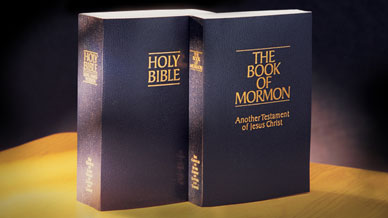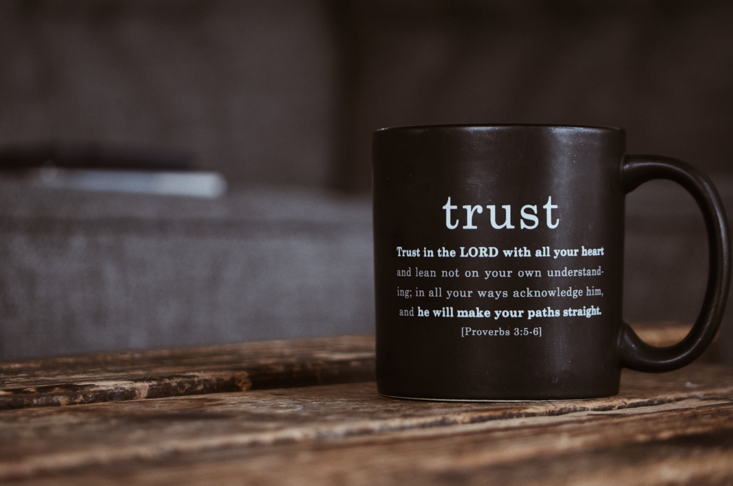Answer by Julie**
Have you ever heard Mormons speak about our church before and found some of the terms unfamiliar? We are here to help! Today, we’ll focus on concepts associated with local church organization.
The smallest congregation in the Mormon church is called a ward. An average ward has about 300-350 members. Wards are organized based on geography – we attend in our wards with the other members of the Church that live in the same area, and we usually go to the church building closest to our homes.
A ward is led by a bishop. He has two counselors to help him with his responsibilities, which include helping care for people in the ward boundaries spiritually and temporally. These three men also counsel together to organize the ward, extending opportunities for service to ward members. Ward jobs (or “callings“) are unpaid, even the job of bishop. All local callings rotate as well, so after a few years, a new bishop is called and the former bishop is “released” and eventually given a new assignment.
A ward is further divided into smaller groups: all women 18 and over make up the Relief Society, all children 18 months through 11 years are in the Primary, teenagers are in either Young Women or Young Men, and all adult men are in Priesthood Quorums. Each of those groups has its own president and counselors to over the organization (women preside over women, young women, and the Primary, and men preside over men and young men). Each of those who presides over an organization reports back to the bishop or one of his counselors. These leaders all meet together once a month to talk about how they can serve and help those who live in their ward boundaries.
Sometimes there are not enough members of the Church in a particular area to make up a full ward – in that case, the congregation is called a branch. Smaller groups that exist in a ward (e.g., Primary, Relief Society, youth groups, etc.) usually exist in a branch as well. Each ward or branch of the church meets for three hours every Sunday.
Several wards (or a combination of wards and branches, usually around 5-8 congregations) are combined to form a stake. A stake is run by a stake president. Similar to a bishop, a stake president has two counselors to assist him. The stake president also has the help of a high council – a group of twelve priesthood members from the stake that also help the stake president get things done. Other organizations listed above (e.g., Relief Society, Primary, and the youth organizations) have presidents and counselors at the stake level as well, who help guide and train the ward/branch leaders in their respective positions.
Twice a year, all members of a stake are invited to a stake conference. A stake conference might have meetings for adults on a Friday or Saturday evening, and always a two-hour meeting for all members on Sunday. Normal Sunday meetings for each ward are replaced by the two hour Stake Conference on those two Sundays each year.
Stake Conferences are usually held at the Stake Center (which many members of the Church once referred to as “the Stake House,” but since it sounds so much like a “steak house,” the lingo has changed). A Stake Center is a normal church building, except that it may be a bit larger than a other church buildings, to hold the extra people during Stake Conference. Other terms you might hear for a church building include ward building or meetinghouse.
In areas of the world that don’t have many members of the Church, there may not be enough people for a stake. In this case, several branches will be combined to form a district, a smaller version of a stake. Districts are led by a district president, who does the same work as a stake president. Districts also have district conferences, just like a stake conference. (For example, Elder Holland of the Quorum of the Twelve Apostles just addressed a district of LDS Church members in the military gathered for a conference in Afghanistan.)
If you’re ever listening to a Mormon speak and hear a term that’s unfamiliar – ask for clarification! We’re happy to help.
**Please note: The answers in “Ask a Mormon Woman” and (other content on this site) reflect the thoughts and perspectives of the administrators at Mormon Women. Although we strive to have our content consistent with the Church’s doctrine and teachings, we do not speak officially for the Church of Jesus Christ of Latter-Day Saints. For official information about or from the Church, please visit www.mormon.org or www.lds.org.
For more Ask a Mormon Woman questions, see here.












Trackbacks/Pingbacks